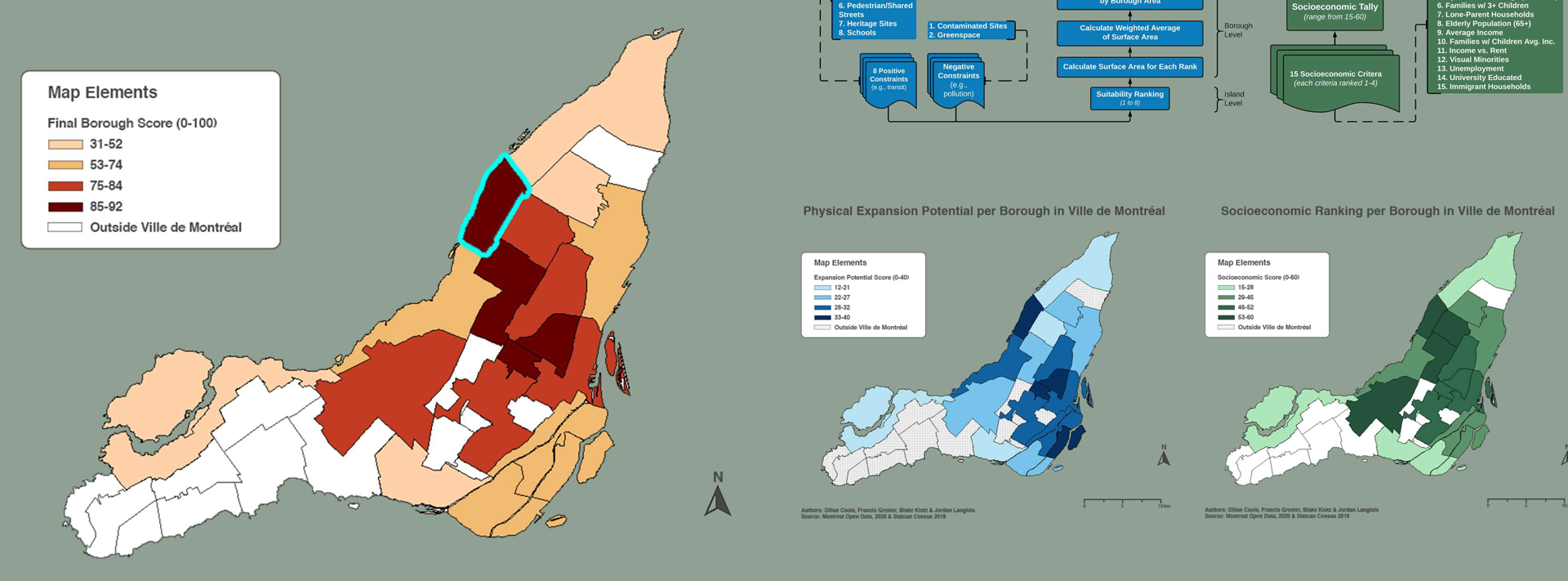Public spaces and communities
How can we, at the neighbourhood level, adapt public spaces to the needs and uses that the crisis has brought to light?
The pandemic has highlighted the variety of functions that a public space can serve. For example, we have seen how the role these spaces play in health and socialization has been reaffirmed. The challenge proposed different opportunities for adapting public spaces at the neighbourhood level (including streets and alleys) to meet the needs of users and promote multifunctionality.

From Fringe to Hinge
Completing communities through inclusive, productive and entrepreneurial fringe space
Our project is a two-step process that promotes equity and agency in the urban landscape. First, it presents a framework for identifying areas most suitable for the expansion of public space. Second, it presents a multifaceted approach to completing communities through the transformation of fringe sites into inclusive, productive and entrepreneurial spaces.
Our framework reinterprets recent zoning bylaws in other cities to match Montreal-Nord's built form. We identified a public corridor where vendors can sell affordable food and integrate their programming with community organizations where food is grown and donated.
Team
Students (fall 2020)
- Dillan Cools
- Francis Grenier
- Blake Klotz
- Jordan Langlois
Municipality
- Ville de Montréal (Service de l’urbanisme et de la mobilité)
- Clara Mosbah
University
- URBS 433 Advanced Urban Laboratory (Geography, Planning & Environment)
- Donny Seto (Professor)